Introduction
Red light cameras are increasingly becoming an essential part of traffic management, aimed at reducing accidents and ensuring road safety. Among the critical intersections equipped with this technology is the Rowland St & S Barranca Ave intersection in Covina, California. This location has been identified as a high-risk area for red light violations, making it an ideal candidate for automated enforcement.
This guide will delve into how the red light camera at this intersection operates, its impact on road safety, and what drivers should know to navigate it responsibly.
How the Rowland St & S Barranca Ave Red Light Camera Works
The red light camera system at Rowland St & S Barranca Ave uses advanced technology to detect and record violations accurately.
Detection Process
The system employs sensors embedded in the road surface to monitor vehicle movements. When a vehicle enters the intersection after the traffic light turns red, the sensors trigger the cameras.
Image and Video Capture
Two high-resolution images are taken—one of the vehicle crossing the stop line and another as it progresses through the intersection. A 12-second video clip accompanies these images, showing the violation in context.
Data Analysis and Citation
The recorded data is reviewed by traffic enforcement officers to ensure its accuracy. Once verified, a citation is issued and mailed to the registered owner of the vehicle.
Traffic Safety Improvements
The Rowland St & S Barranca Ave red light camera has been instrumental in improving safety.
Accident Reduction
Studies in Covina have shown a significant drop in T-bone and rear-end collisions since the installation of red light cameras. These severe accidents often occur when drivers run red lights, endangering themselves and others.
Behavioral Changes
The presence of the camera deters risky behavior, encouraging drivers to stop during yellow lights rather than speed through them.
Legal and Ethical Considerations
Red light cameras often face scrutiny due to privacy concerns and legal disputes. Here’s what you should know:
Privacy Safeguards
The camera system focuses solely on traffic enforcement. Images and videos are limited to the violation and are not used for broader surveillance.
Contesting Citations
Drivers can appeal citations if they believe they were issued in error. A detailed review process ensures fairness and accountability.
How to Avoid Violations
Drivers can follow these practical tips to avoid triggering the red light camera:
- Understand Yellow Light Timing: Pay attention to the duration of the yellow light, which varies depending on speed limits.
- Avoid Speeding: Maintain a consistent speed, allowing enough time to stop when the light changes.
- Anticipate Signal Changes: Be aware of your surroundings and prepare to stop when approaching an intersection.
Conclusion
The Rowland St & S Barranca Ave red light camera plays a vital role in reducing accidents and promoting safer driving behaviors. By understanding how it works and adhering to traffic laws, drivers can navigate this intersection safely while contributing to broader road safety initiatives. This guide provides valuable insights and actionable tips, ensuring drivers are well-informed and better prepared for the road ahead.
FAQs about rowland st s barranca ave red light camera
1. Can a red light camera ticket affect my insurance rates?
While a red light camera ticket is a traffic violation, it typically does not impact your driving record in the same way as other violations (such as speeding). However, if you choose to pay the fine without contesting it, some insurers may raise your rates due to the violation, especially if it’s not the first incident on your record.
2. Do I need to be caught running a red light to receive a citation, or can it be for other offenses?
The primary purpose of the red light camera at Rowland St & S Barranca Ave is to capture vehicles that run red lights. However, other violations related to traffic laws, such as not stopping at a stop line or improper lane changes within the intersection, can also trigger the camera system, depending on the specific setup of the camera and sensors.
3. How are the cameras maintained to ensure they are working correctly?
Red light cameras are regularly maintained and calibrated to ensure accuracy. Routine inspections are carried out to verify the camera’s functionality, including ensuring that the sensors, cameras, and software are correctly synchronized to avoid any errors or false violations.
4. What happens if the red light camera captures a vehicle with a temporary license plate or no license plate?
If a vehicle with a temporary or no license plate is caught violating the red light, the authorities may still issue a citation based on the available evidence, such as a partial plate or other identifying characteristics. In such cases, the vehicle’s registration details may be traced through the temporary permit or other databases.
5. Can I avoid a red light camera ticket if the light turns red while I’m already in the intersection?
If you are already in the intersection when the light turns red, it is generally not considered a violation. However, if you are caught by the camera after entering the intersection, but the light was red when you passed the stop line, the system will typically issue a citation for running the red light, even if you were already in the intersection when it changed.
Recommended Articles:
- AM-Text2KV: Revolutionizing Data Structuring
- How to Share CodeSignal Score on LinkedIn After 09/10/2024
- The Ultimate Guide to the Oliver 1L2602 Tractor
- Is Norfolk Island Pine a Monocot or Dicot?
- Molex 39850-0500: Everything You Need to Know
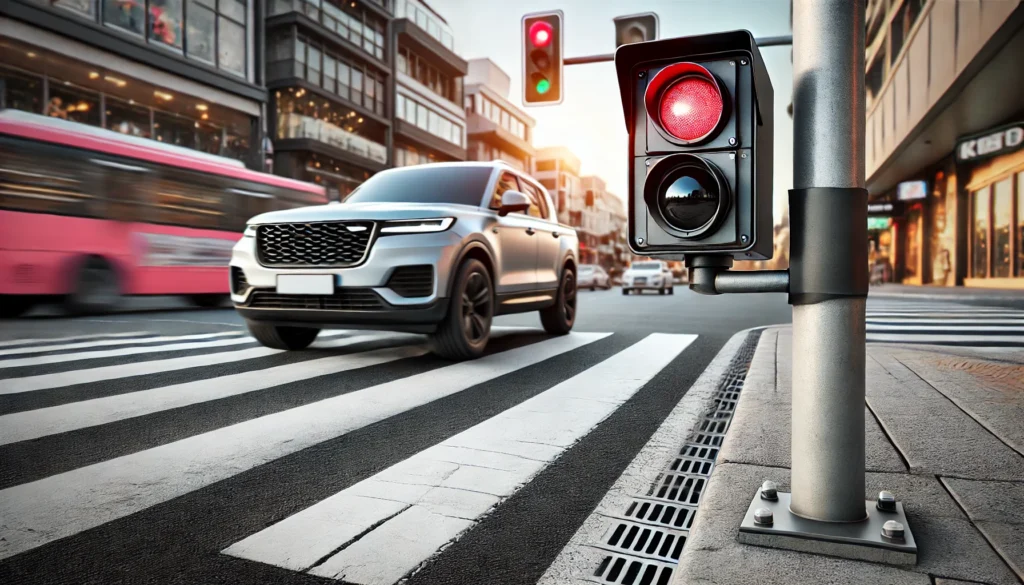
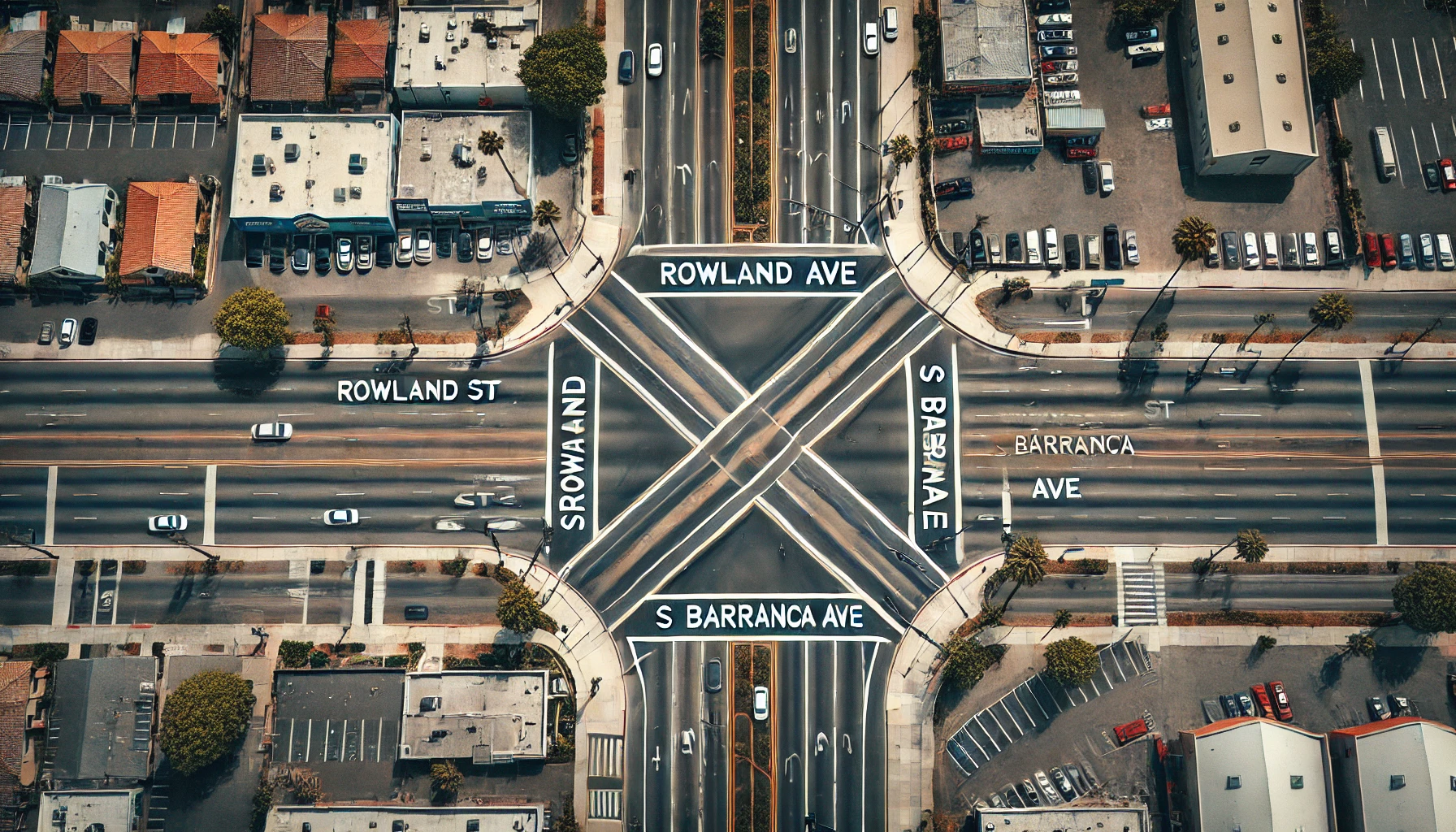


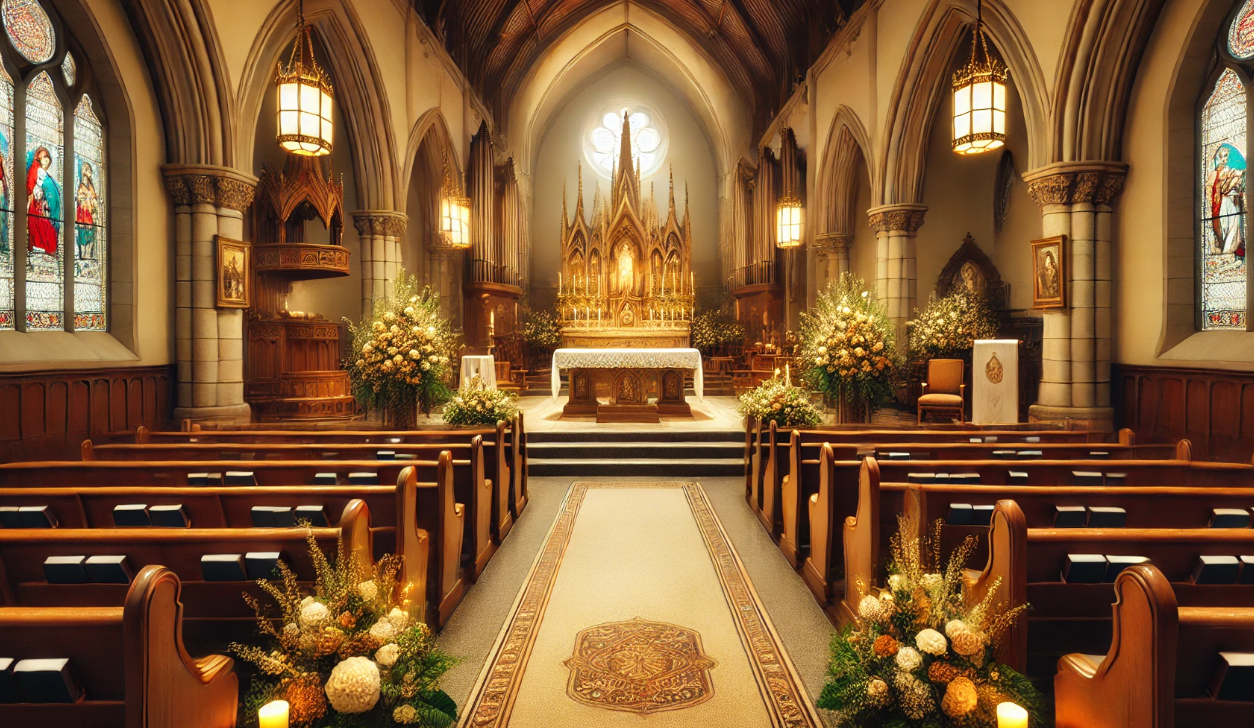






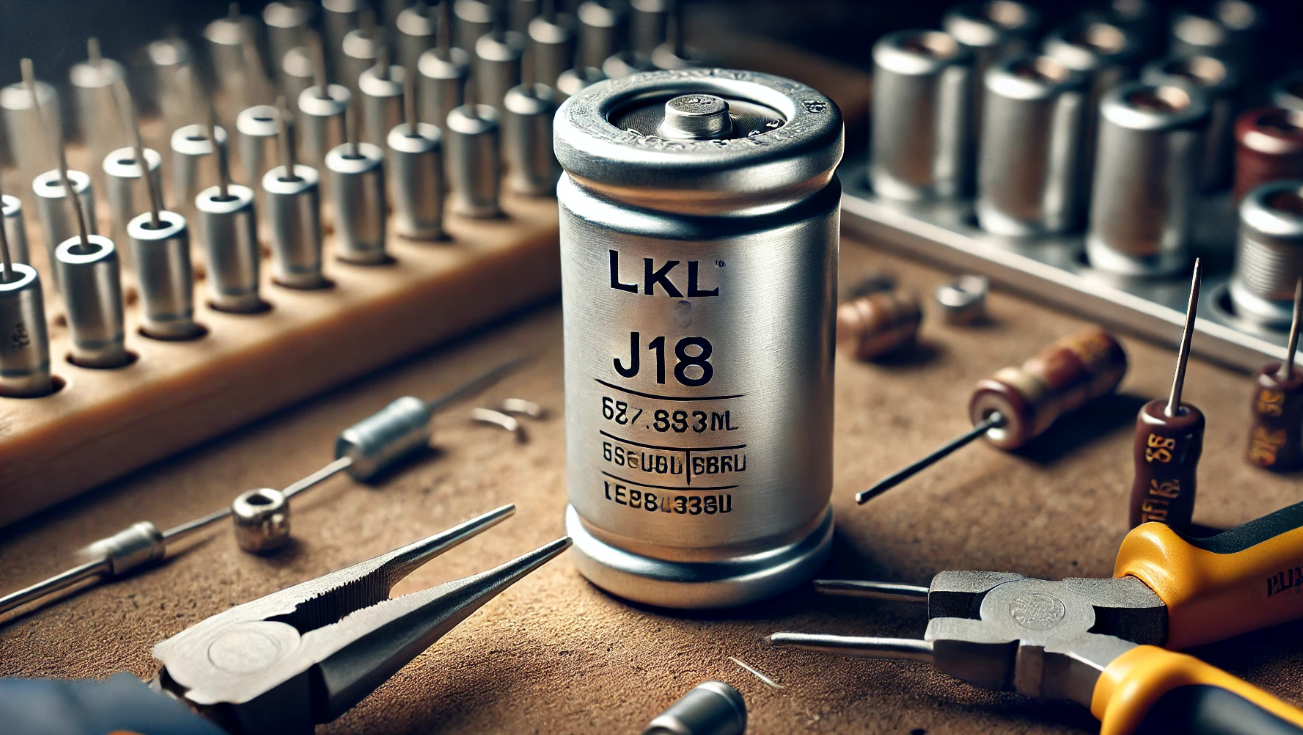

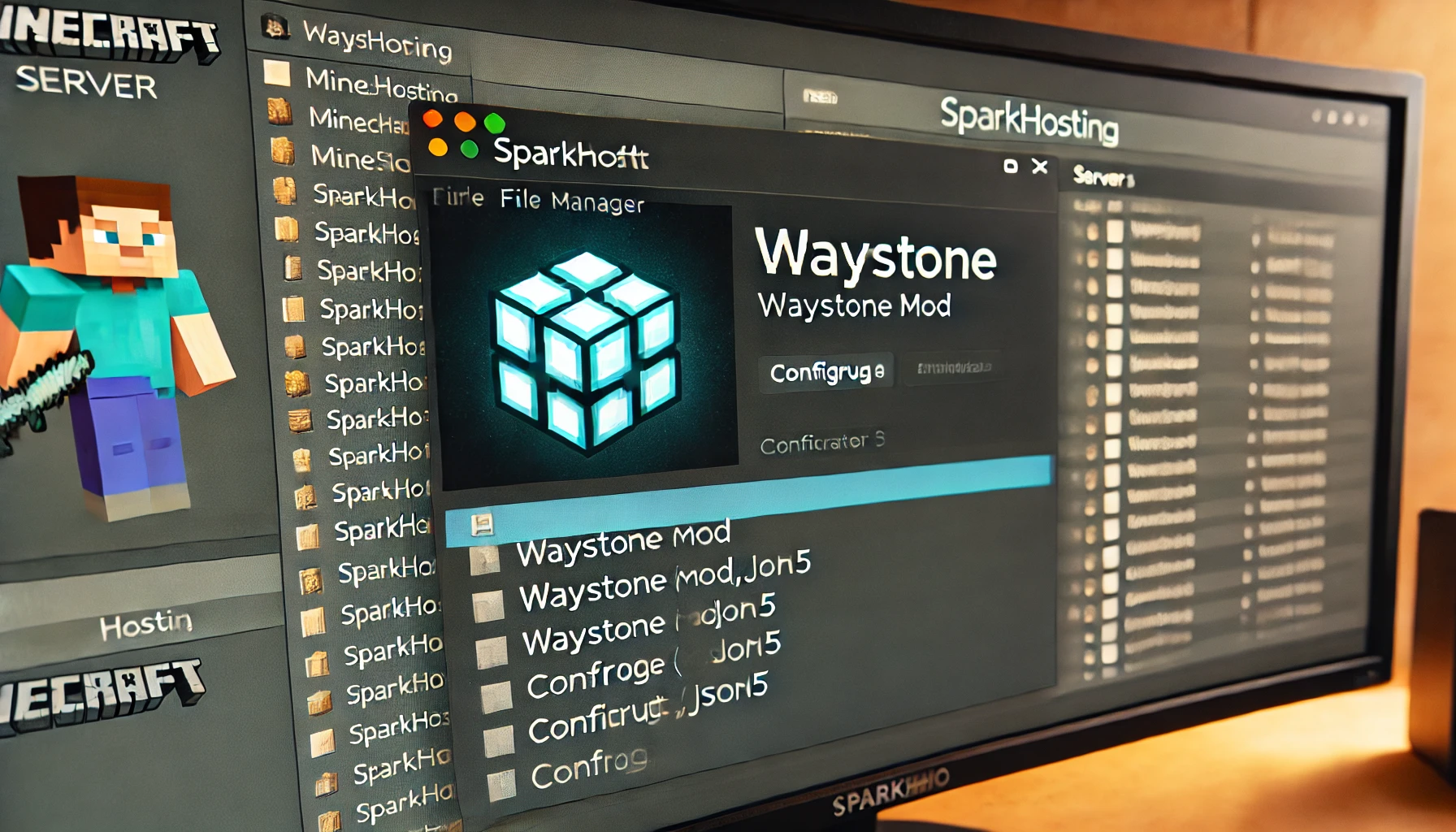

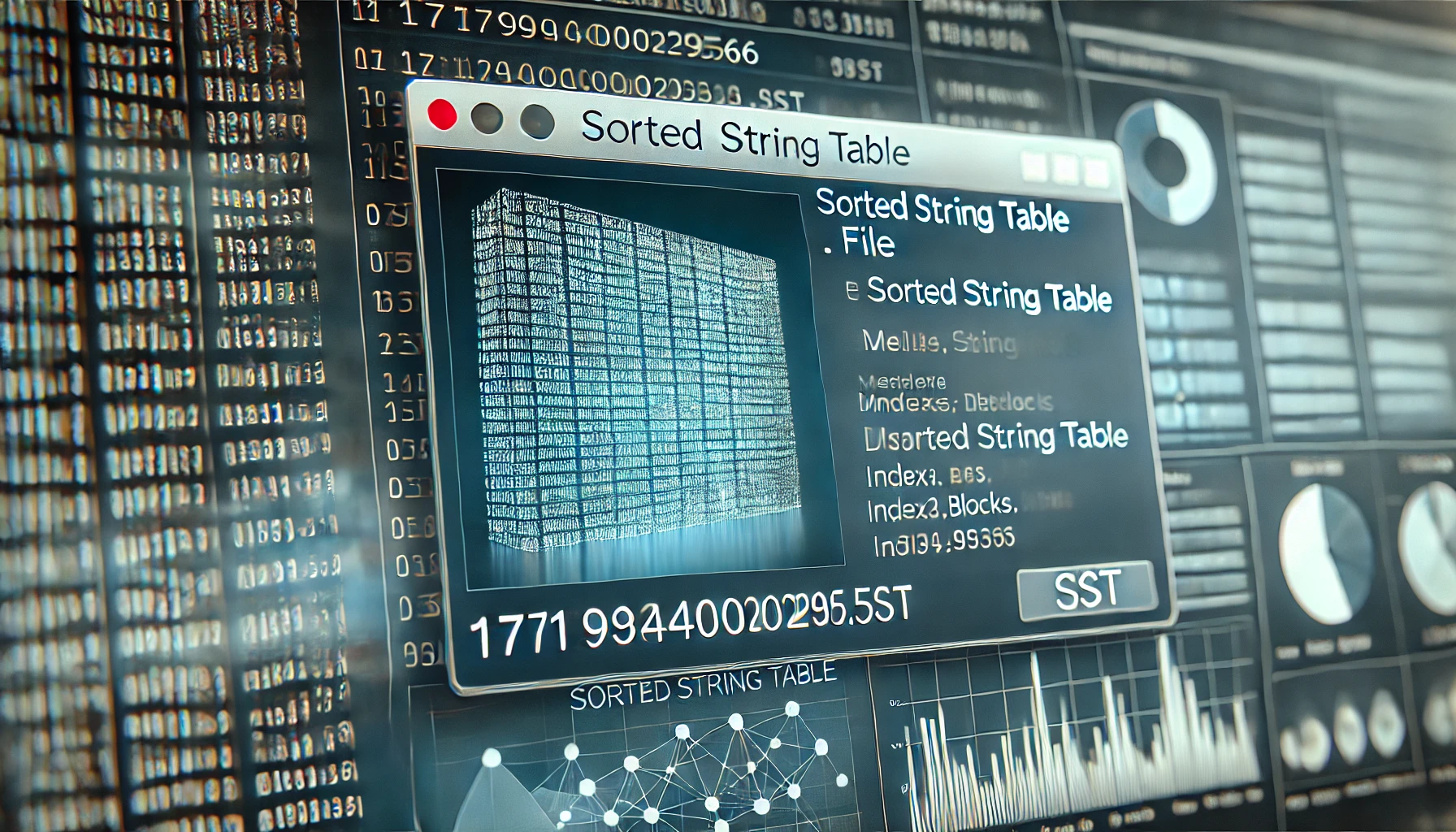



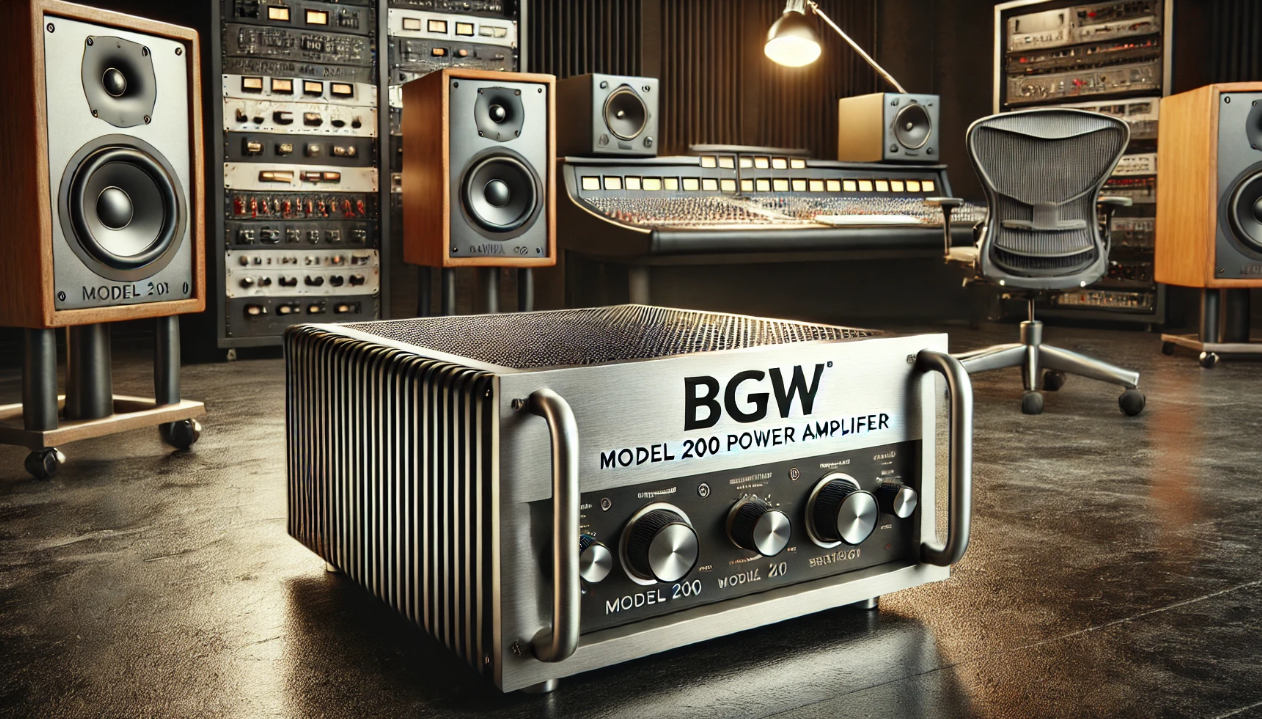

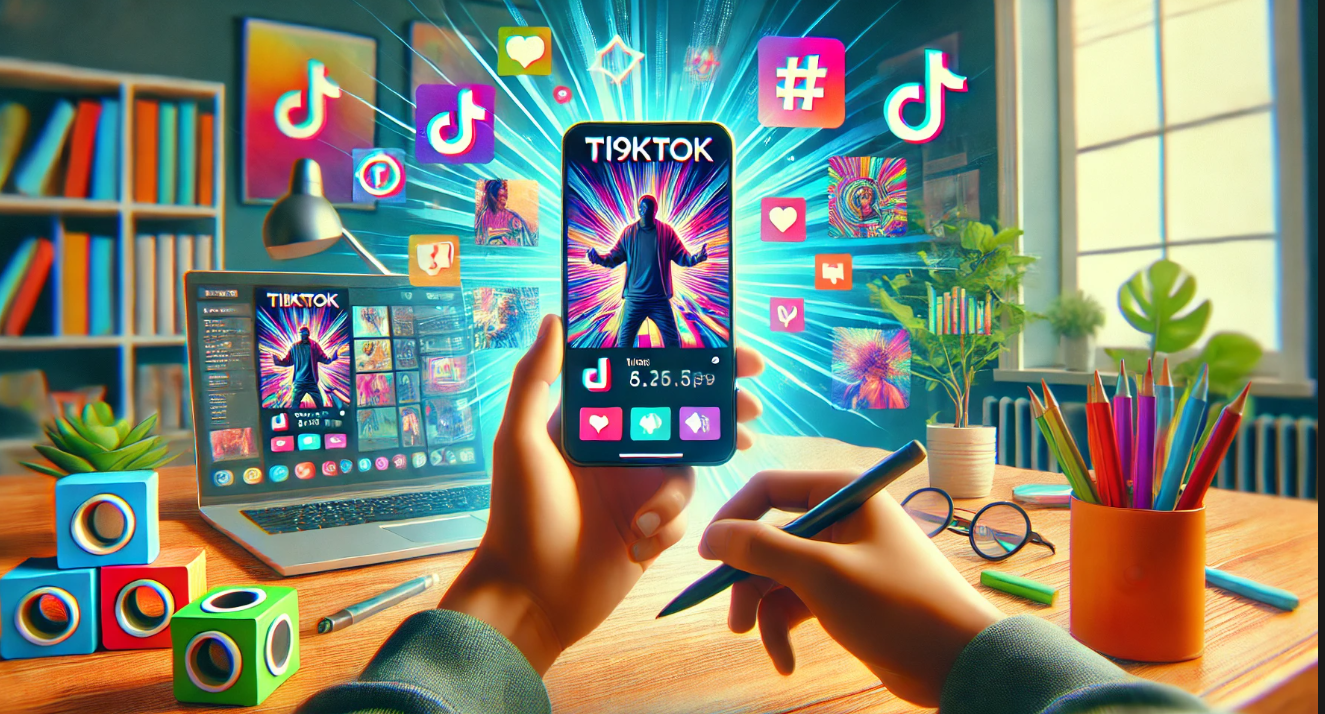
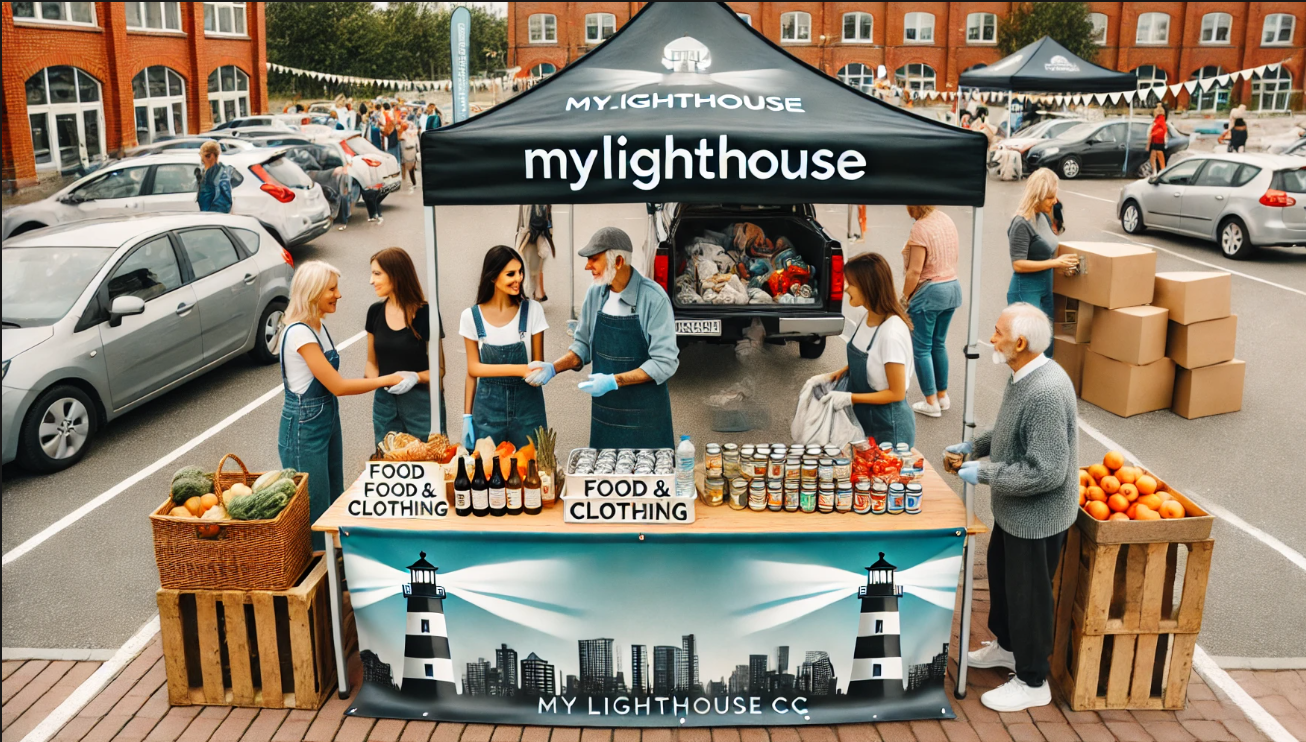
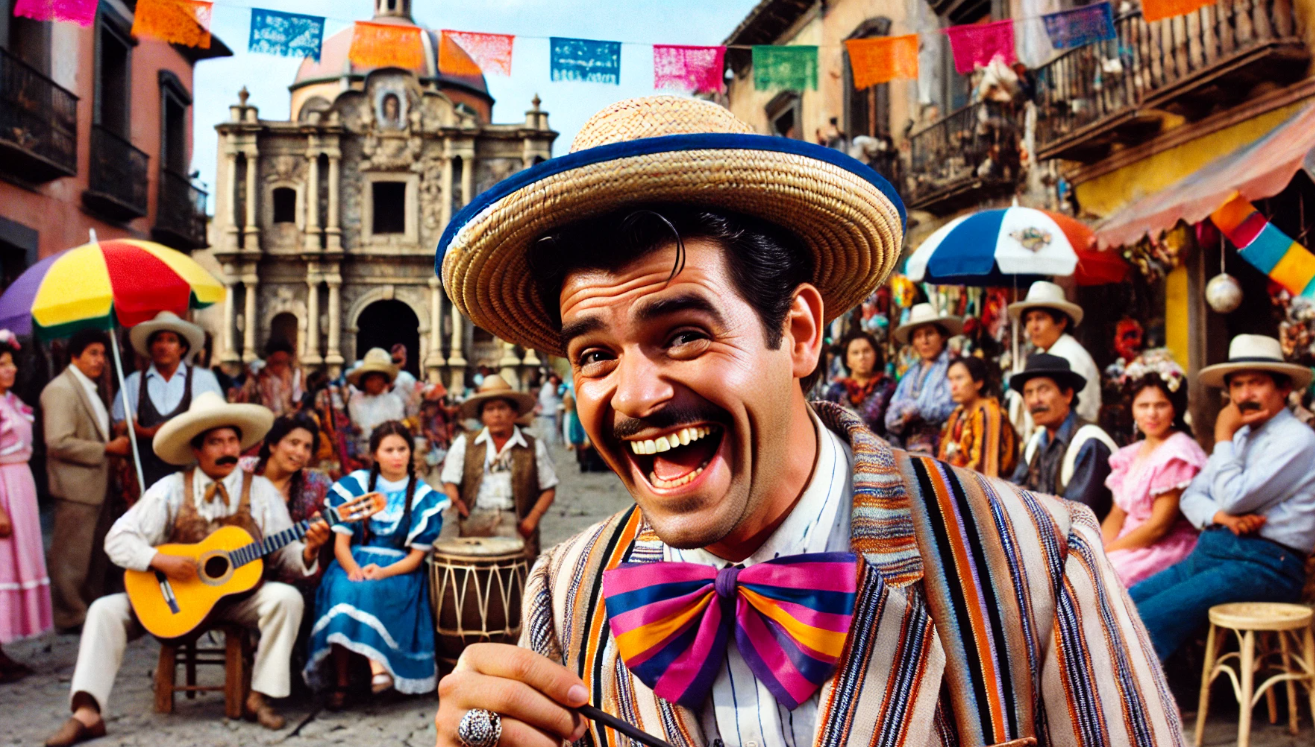
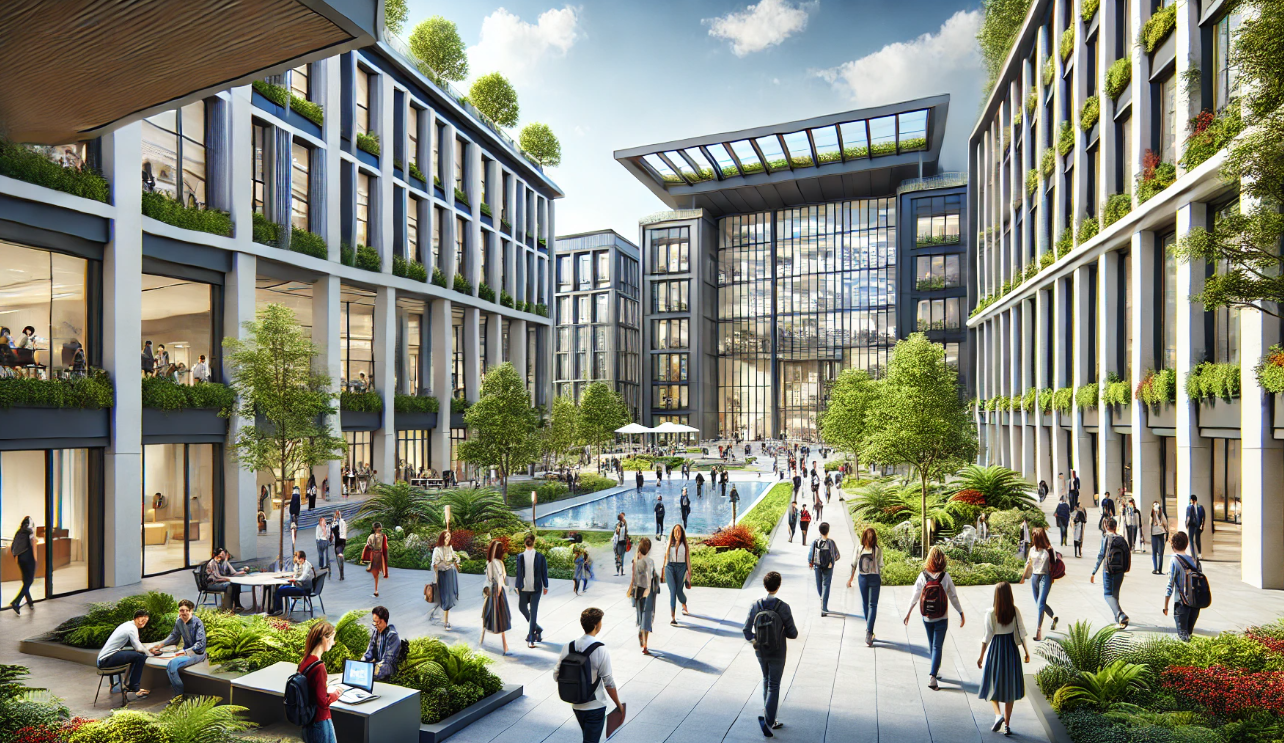






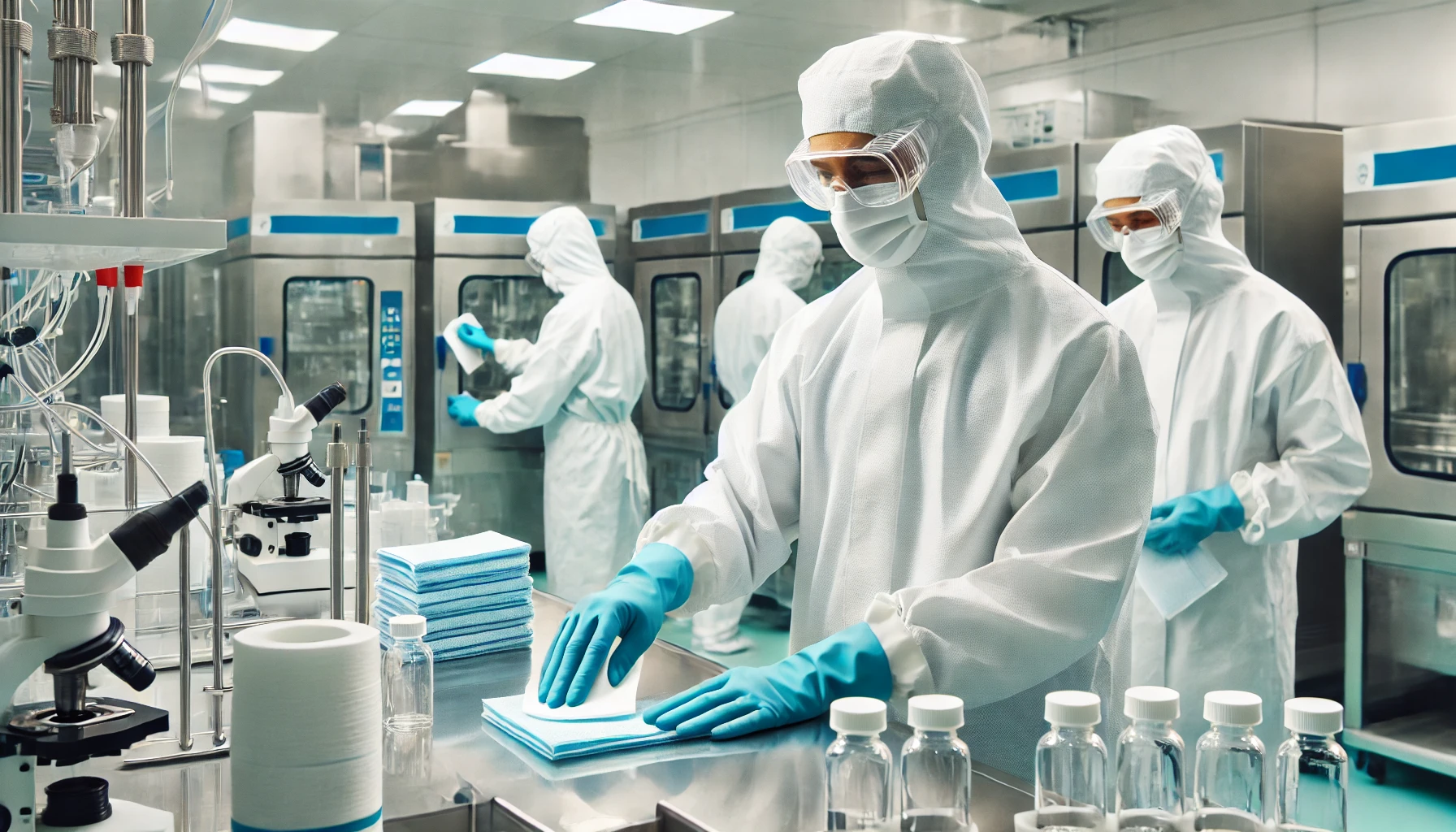
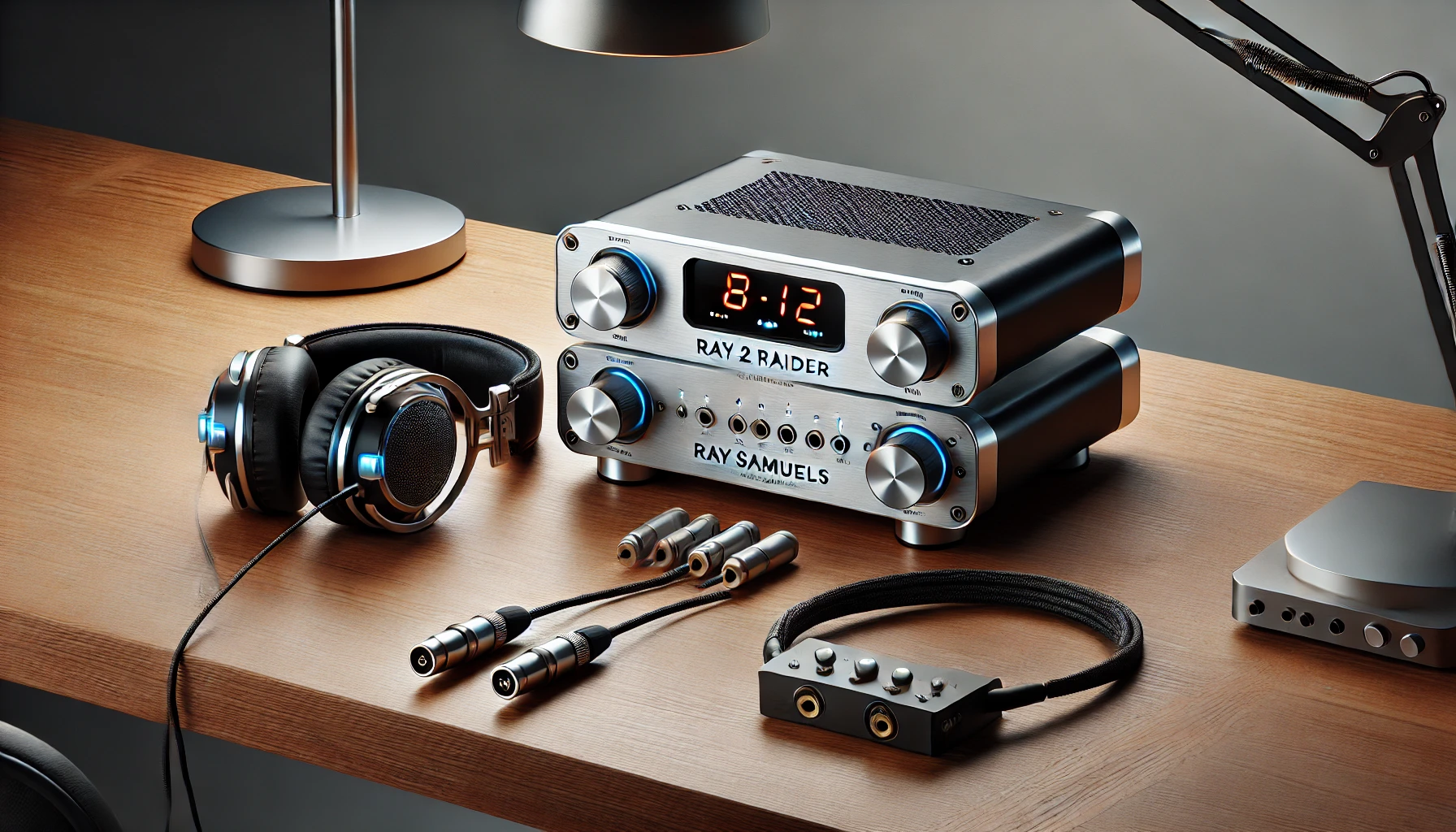



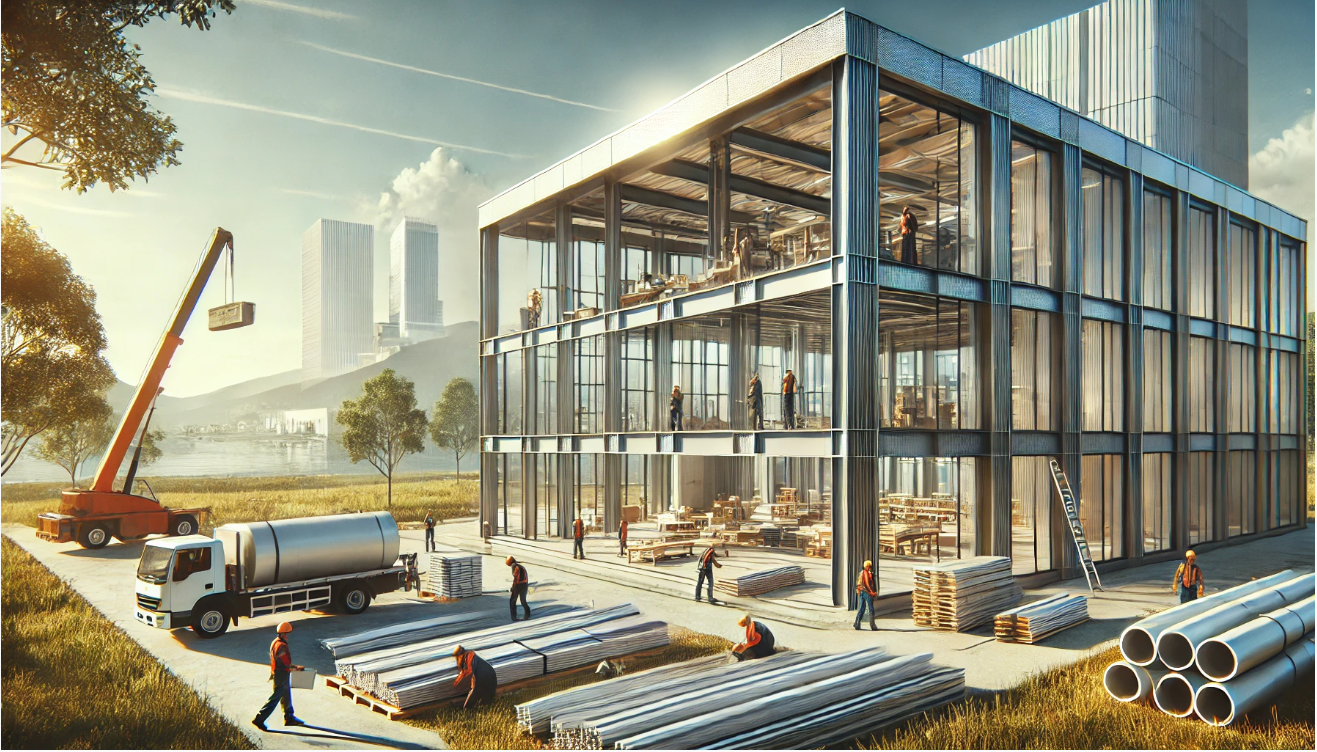
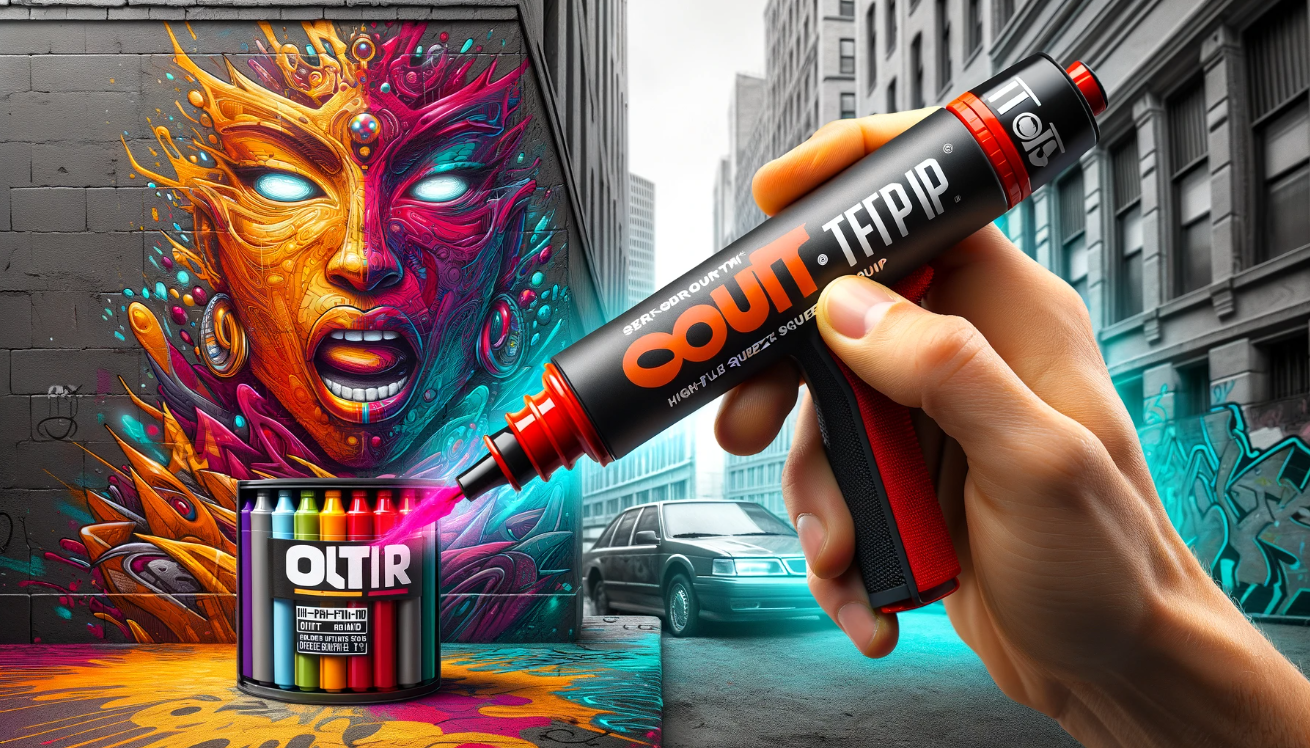




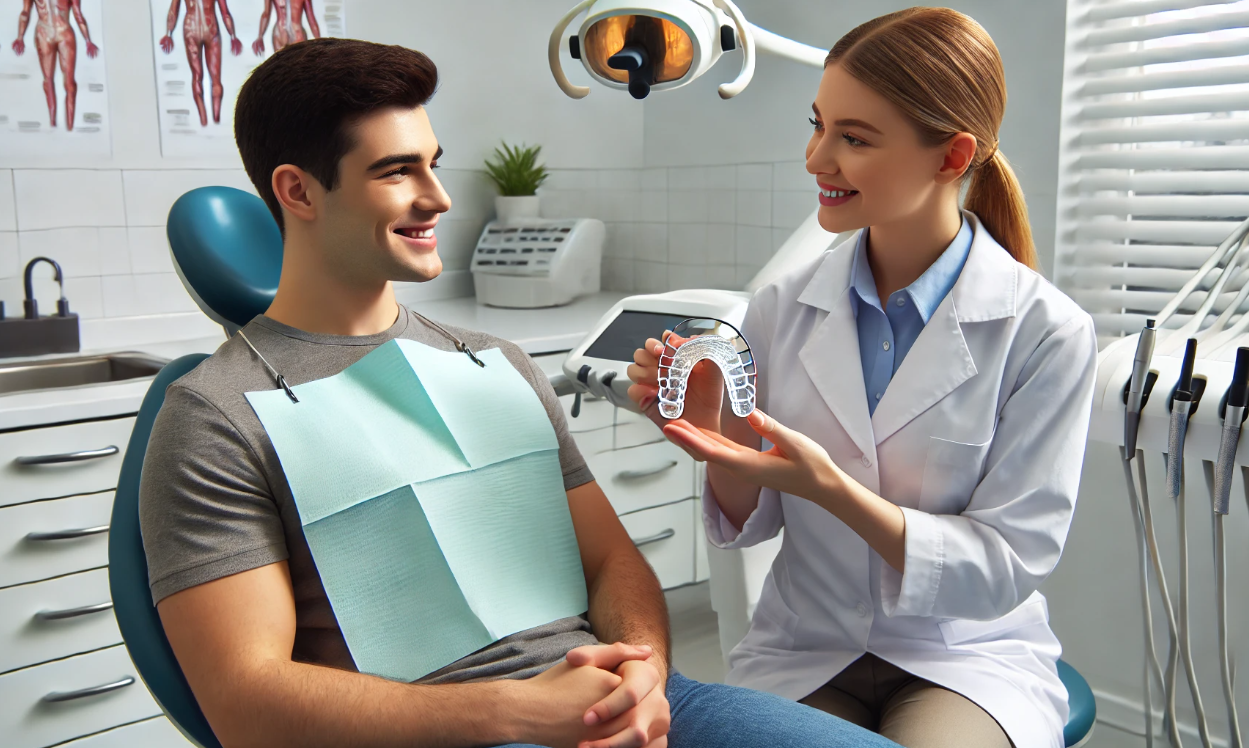
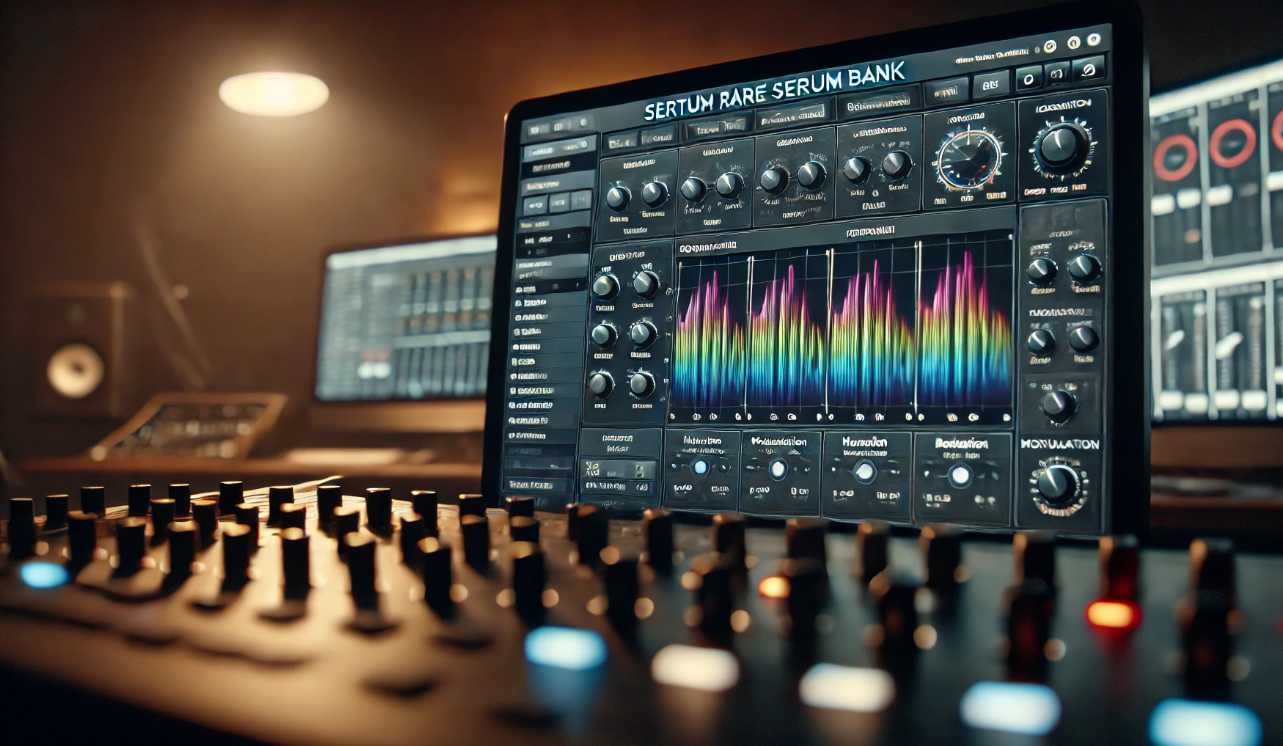
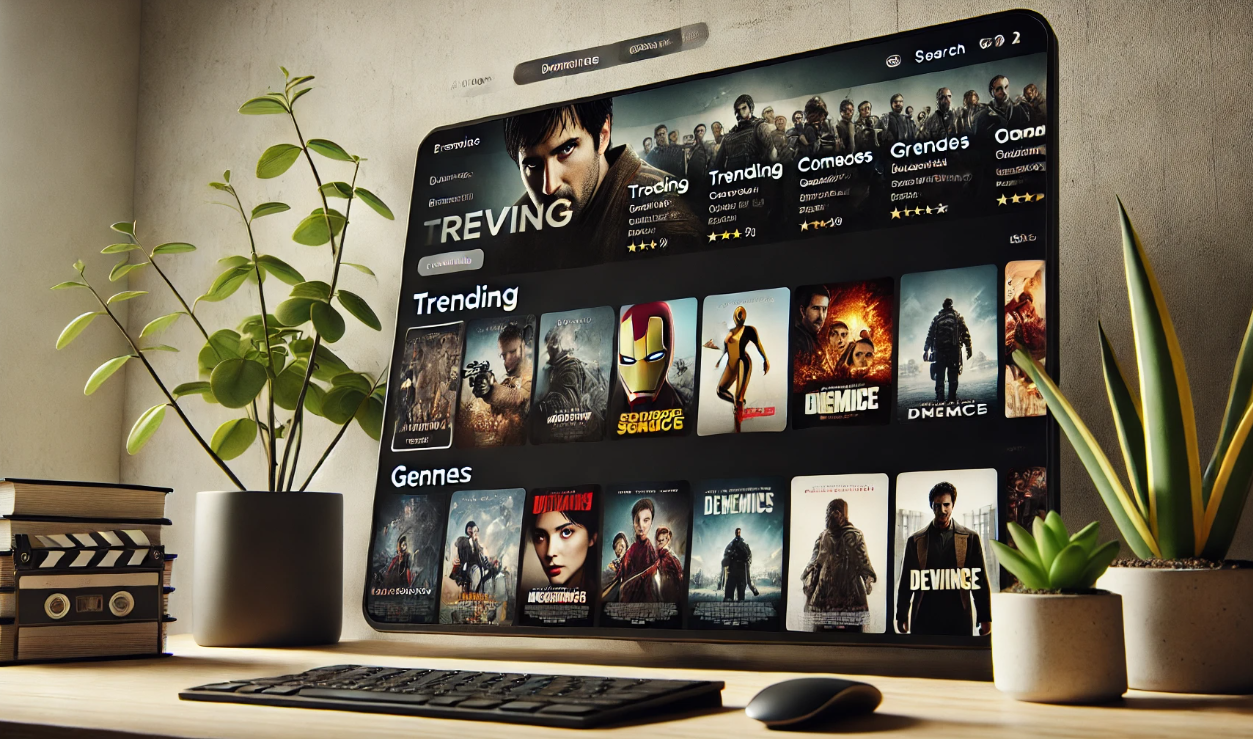





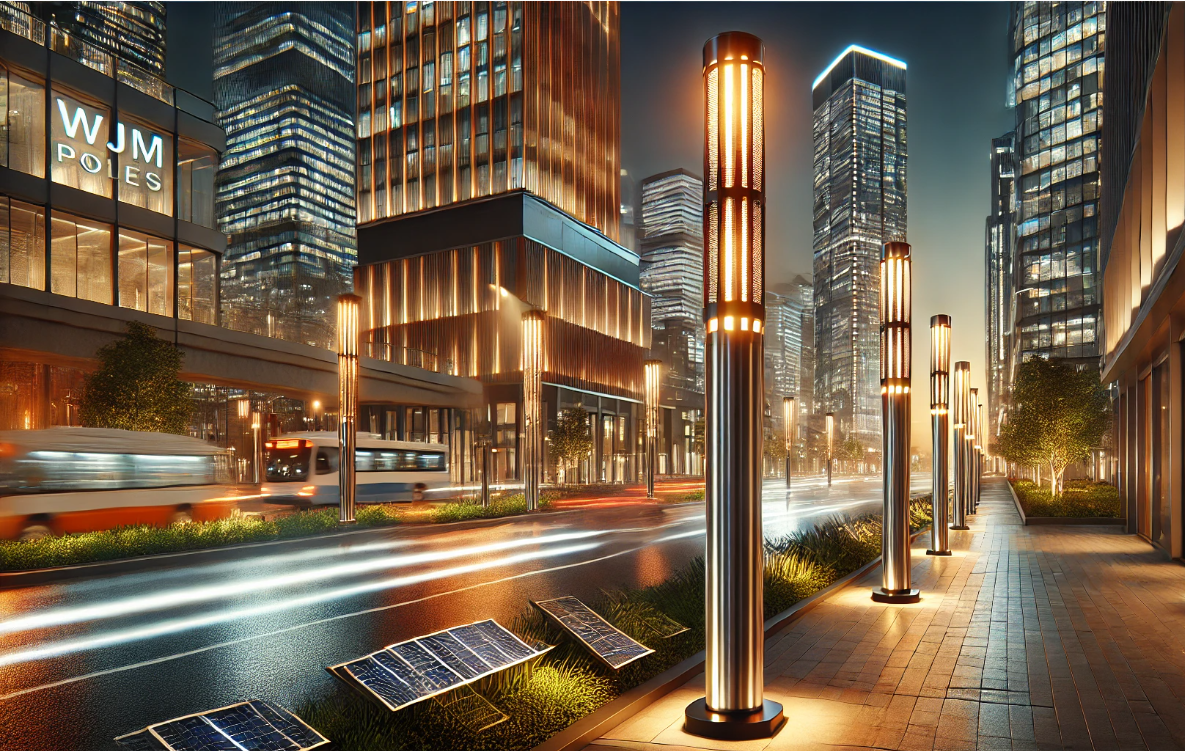
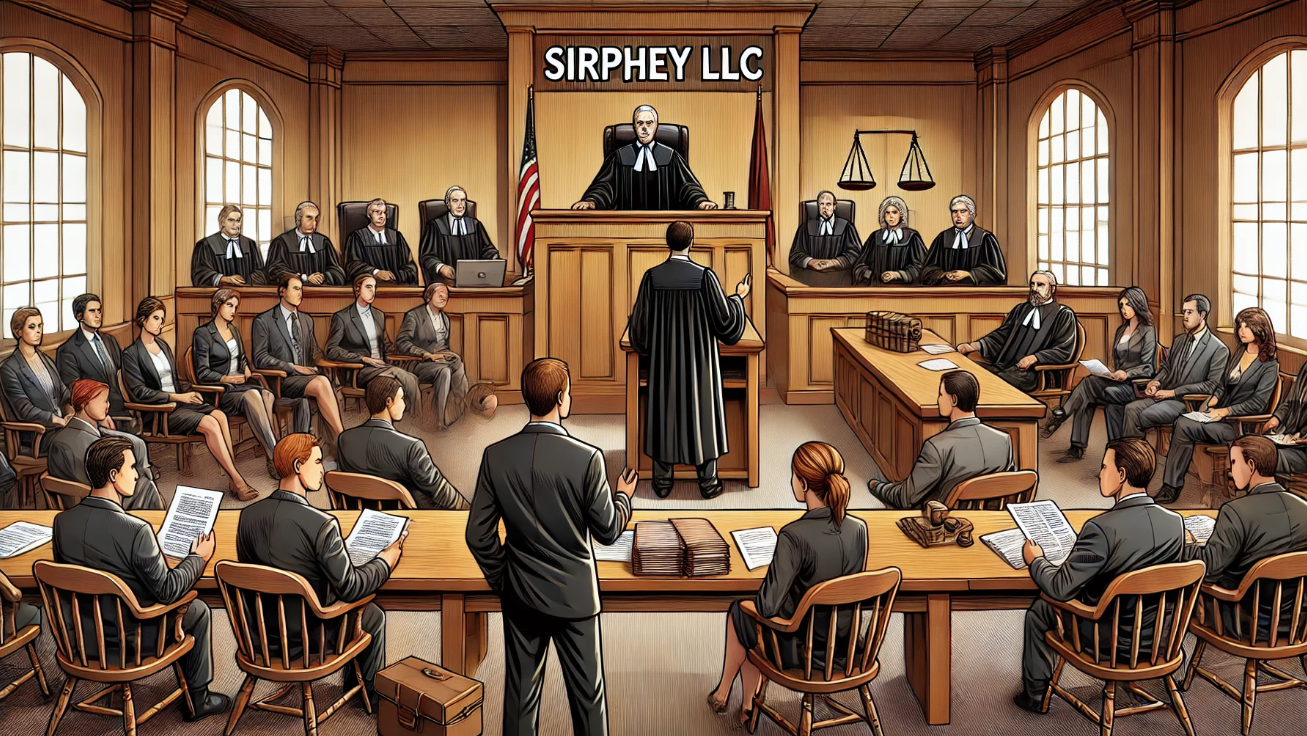
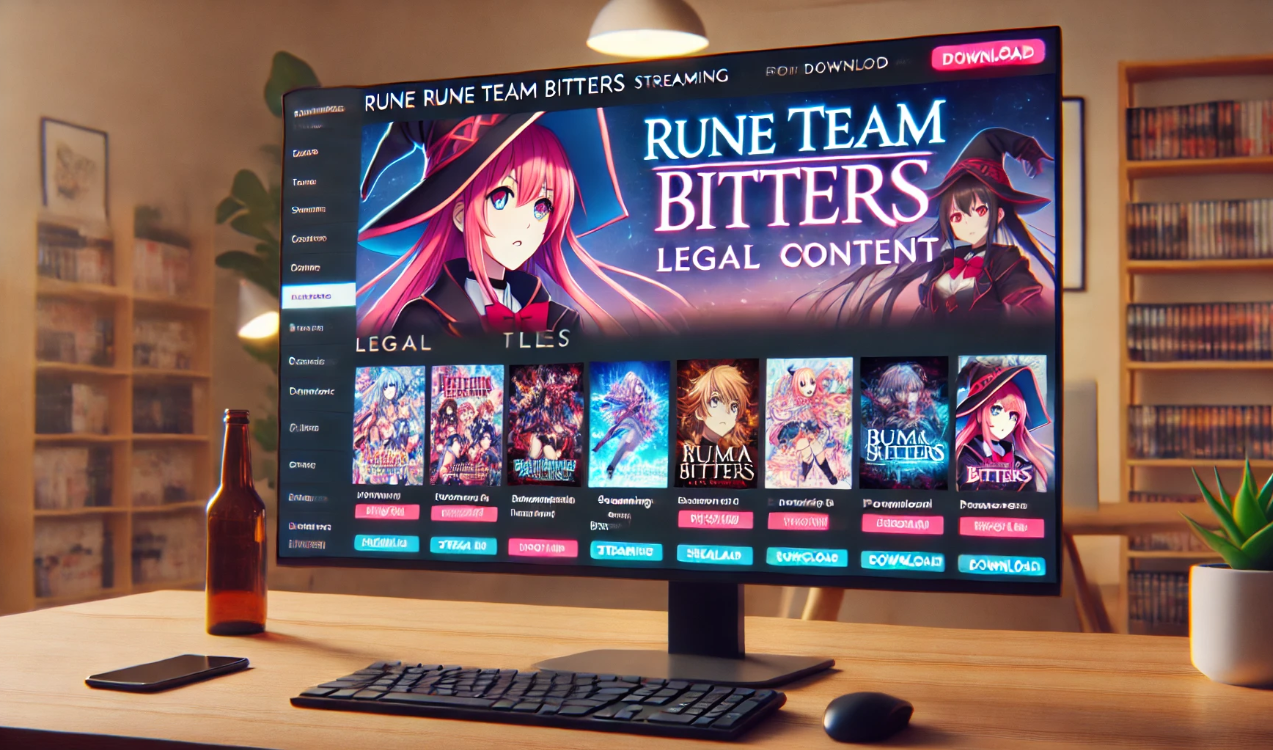
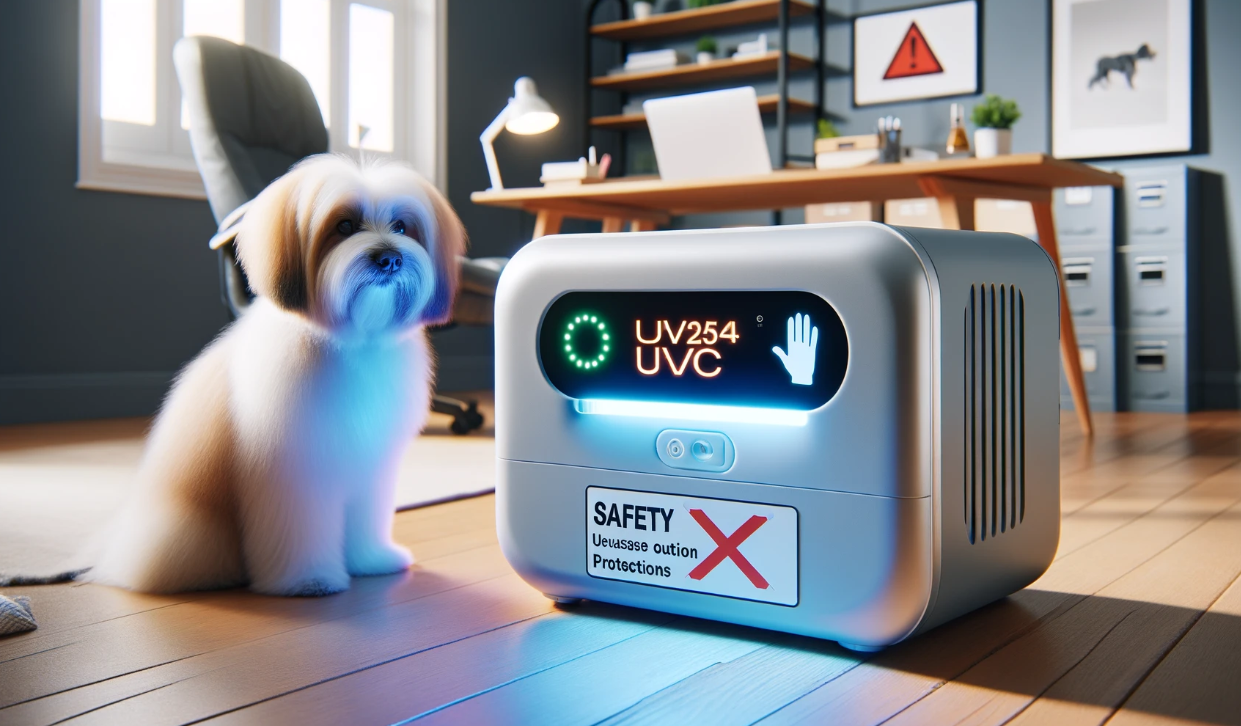
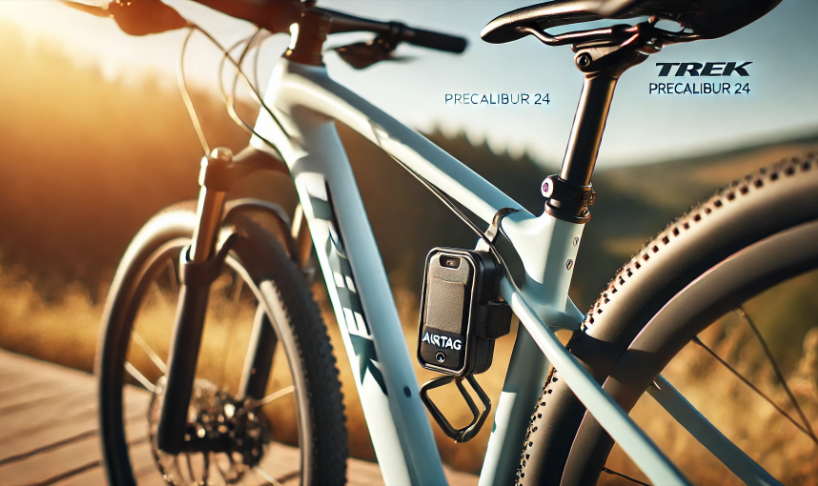
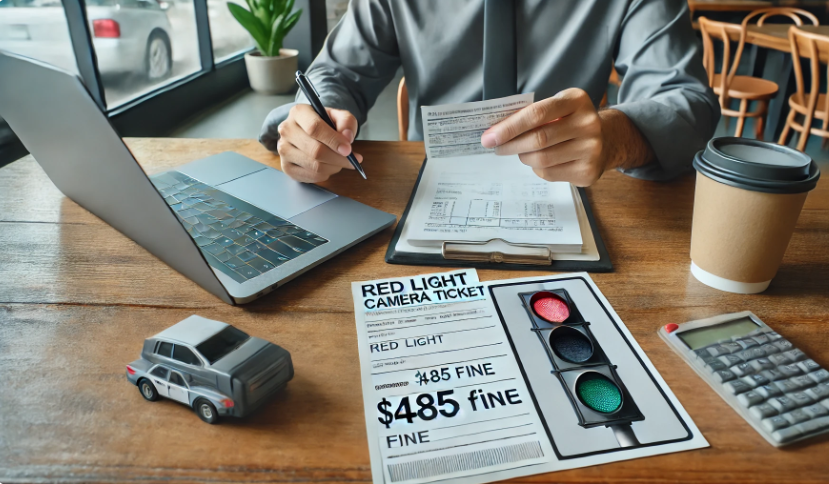
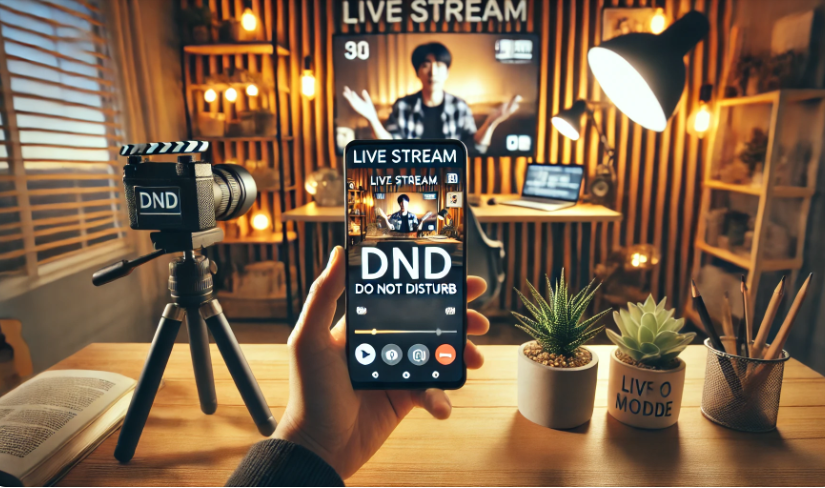
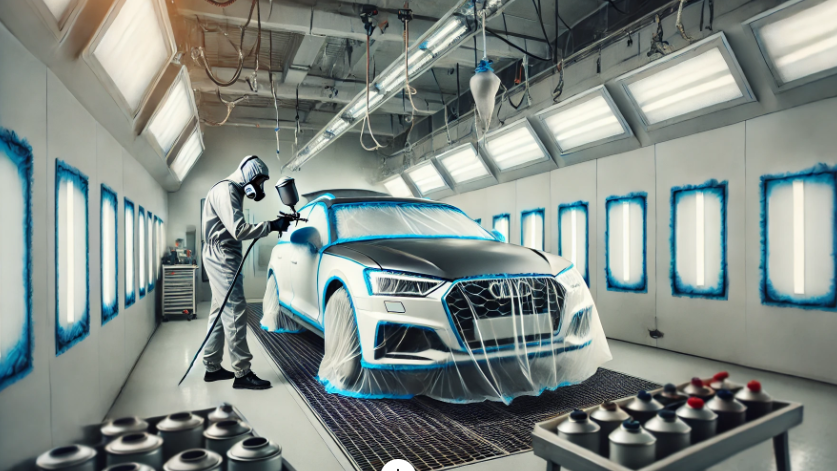




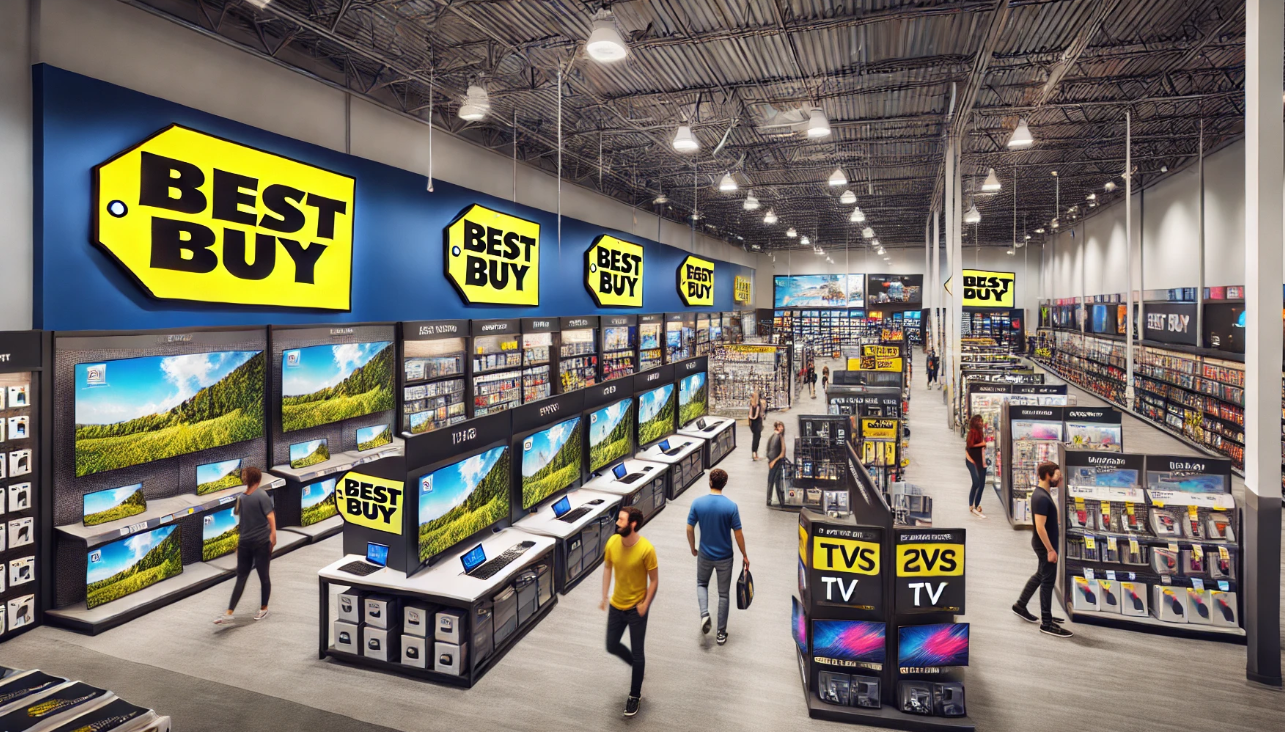



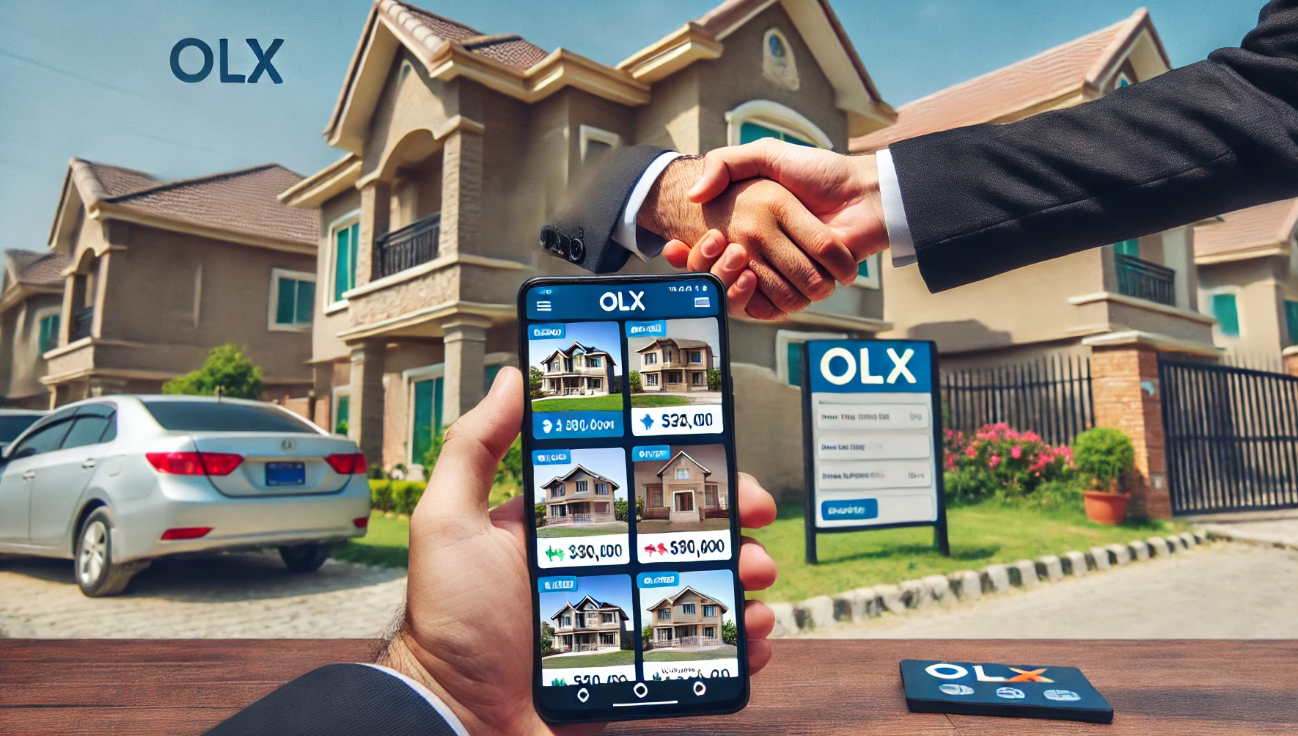











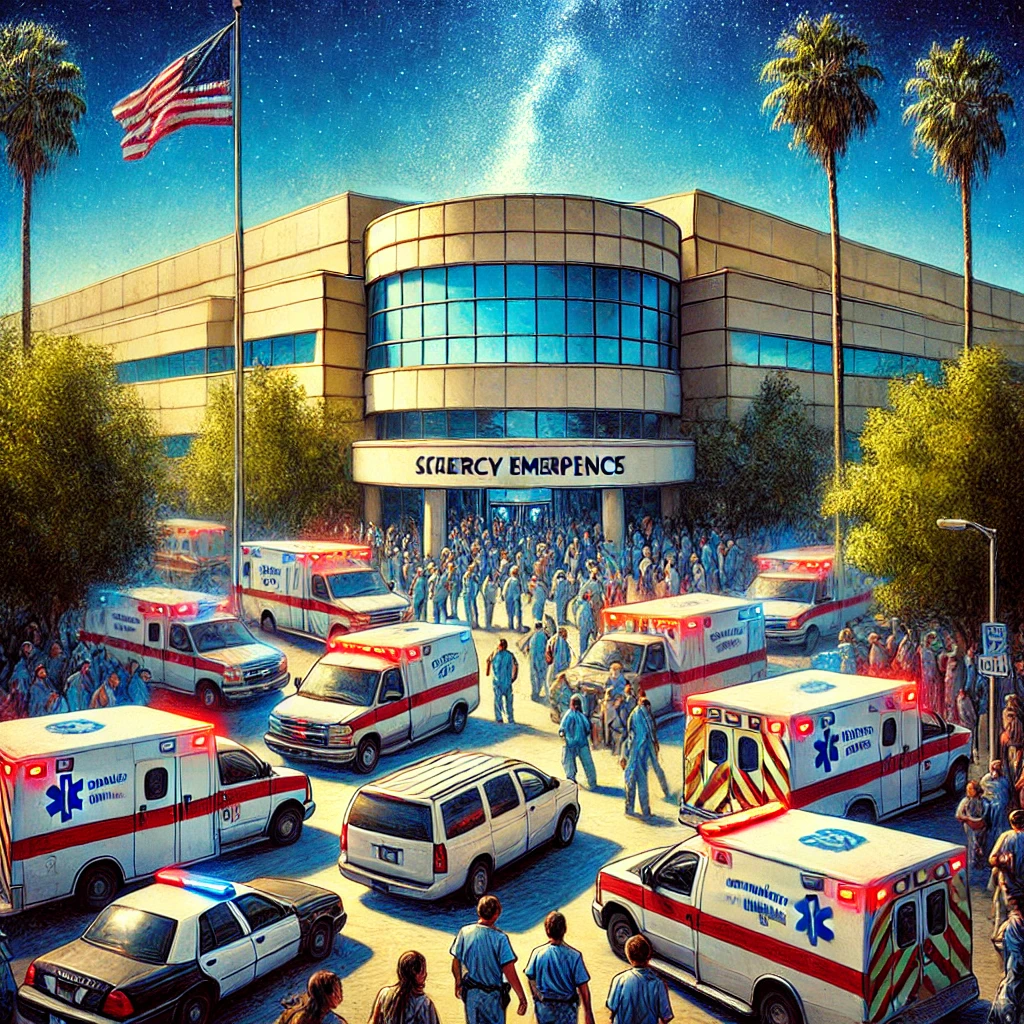




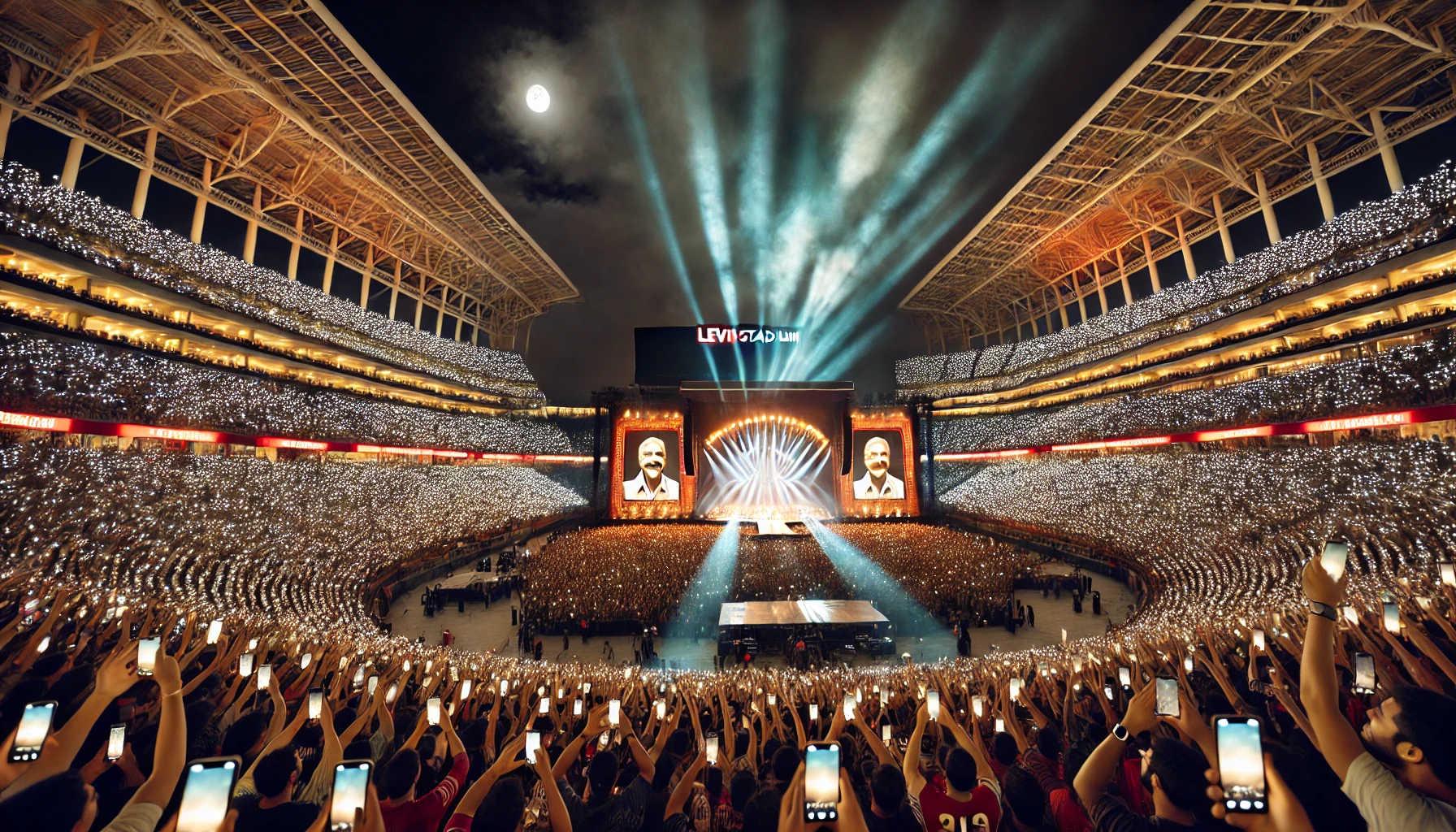
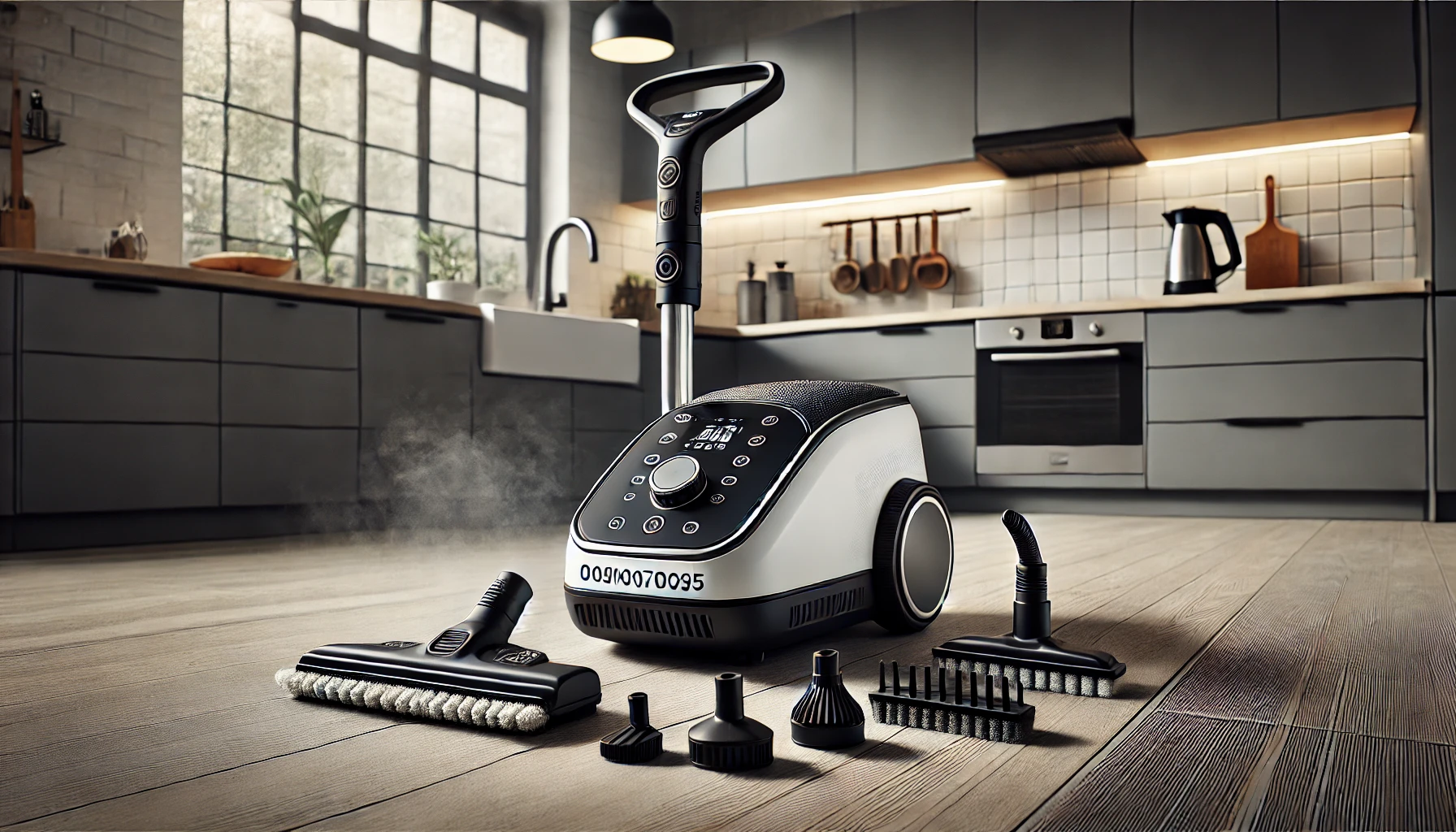
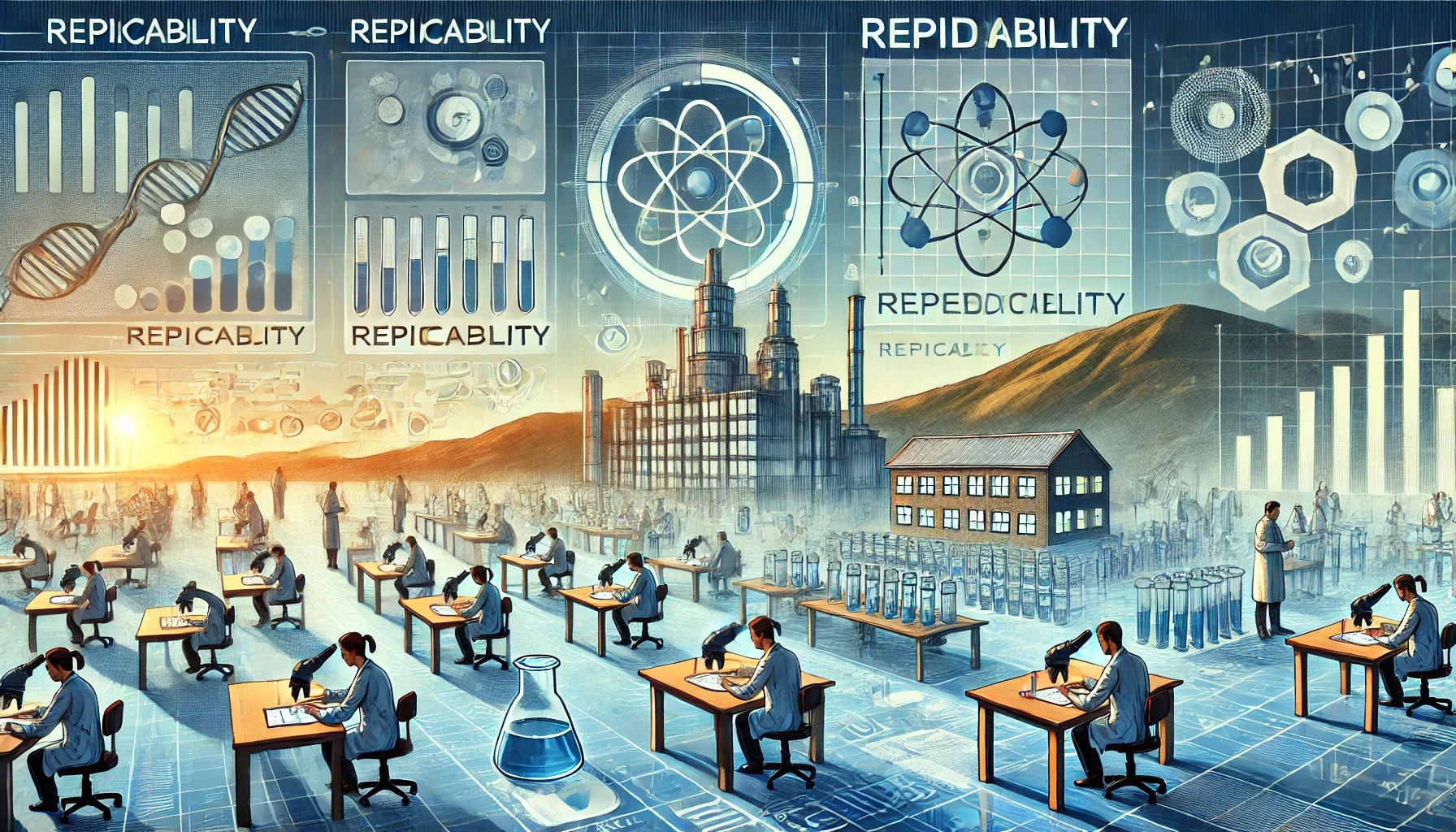

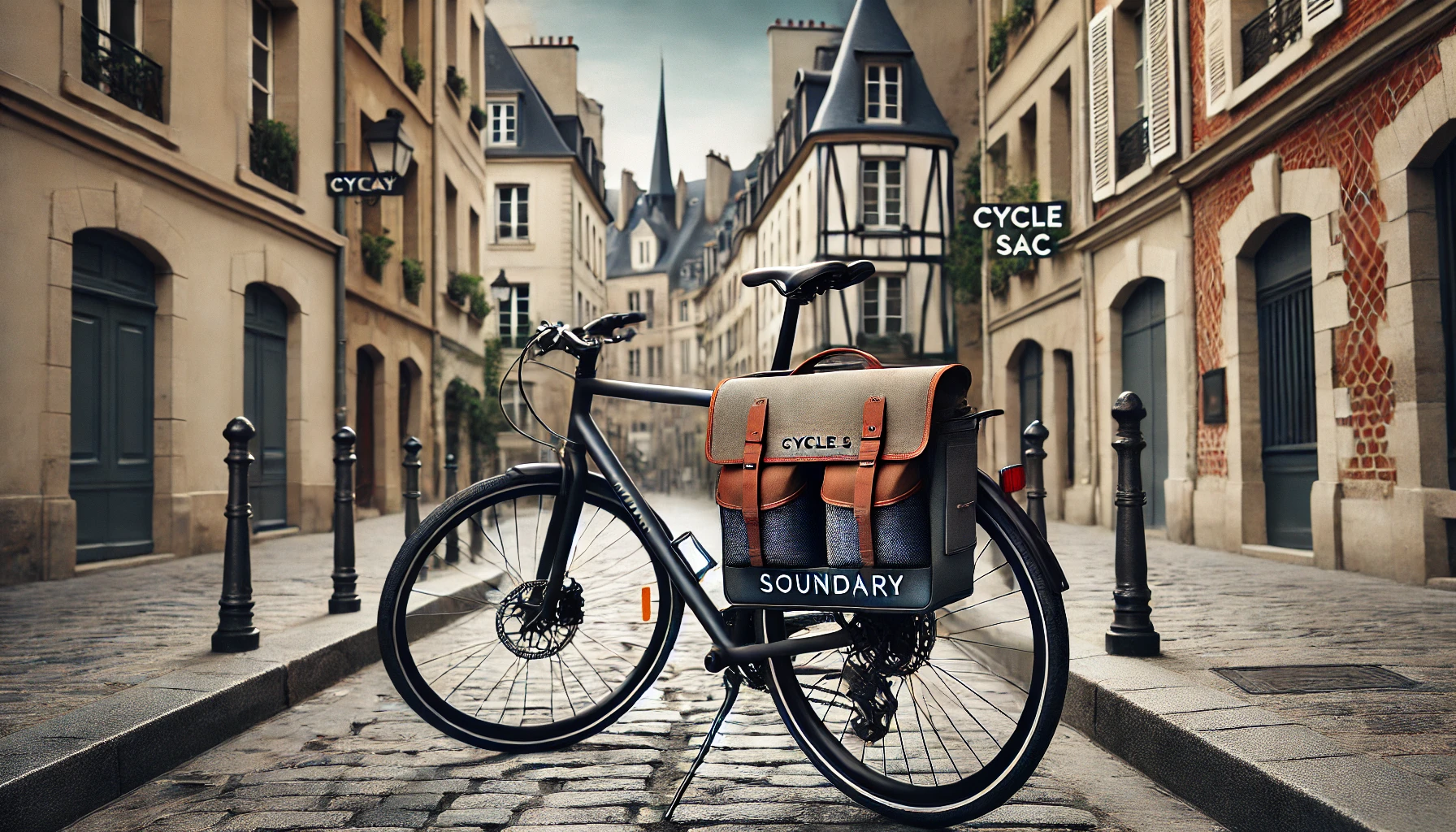

















Leave a Reply